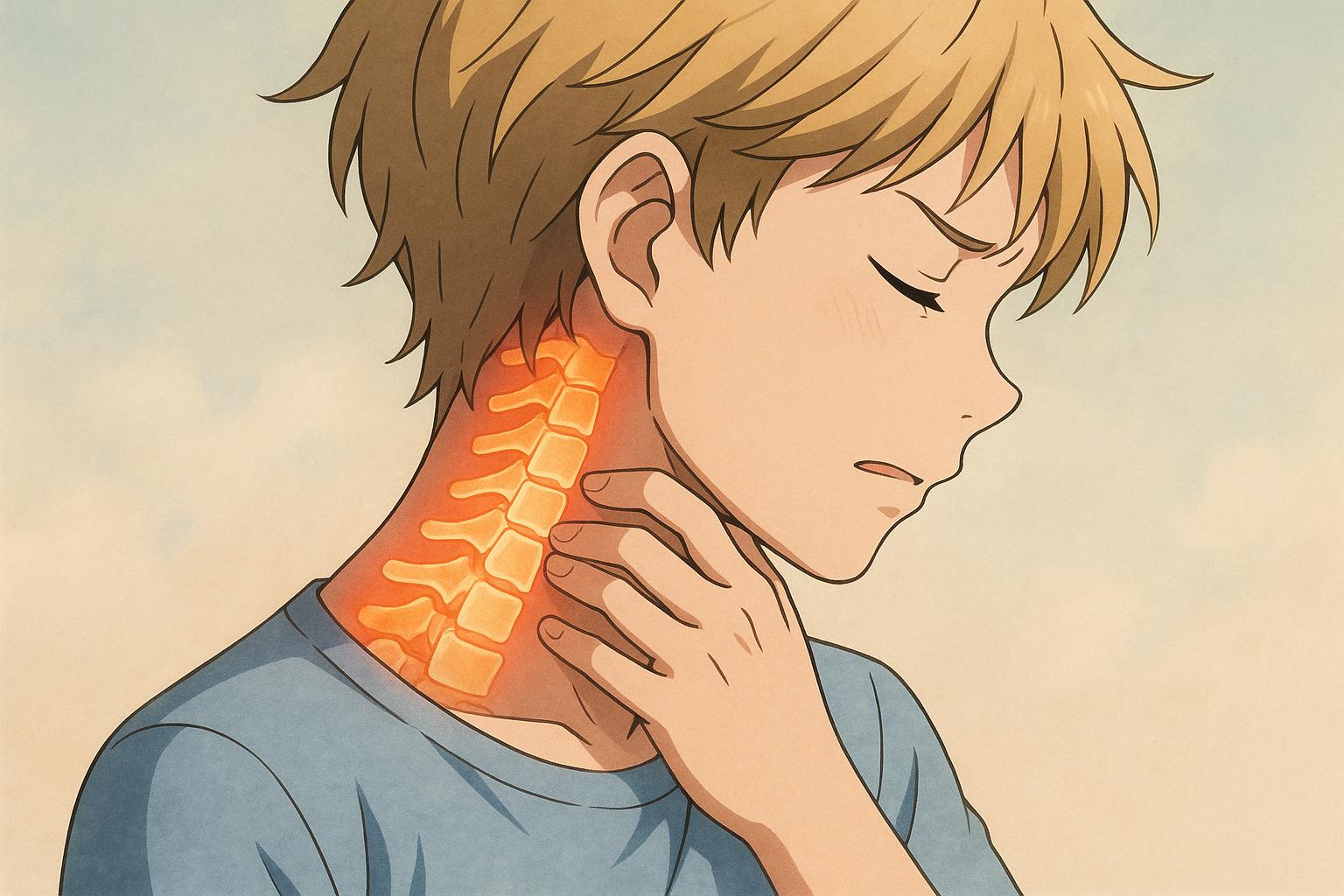Stiffness and pain in the neck can profoundly affect daily life, as demonstrated by a recent inquiry from a reader who has endured these symptoms for three years. The complexity of spinal anatomy and the impact of underlying conditions can make this a challenging issue to resolve. Dr. Martin Scurr's response highlights the intricate structure of the cervical spine and suggests a potential pathway towards relief through careful medical intervention.
The cervical spine, comprising seven vertebrae, bears the substantial weight of the head—averaging around 5 kg—while maintaining vital functions such as protecting the spinal cord and allowing for a wide range of motion. Over time, age-related degeneration leads to wear on the intervertebral discs that cushion these vertebrae. This degeneration, known as cervical spondylosis, typically manifests through symptoms like stiffness and discomfort. The Mayo Clinic describes this condition as a common consequence of ageing, exacerbated by physical activity and general wear and tear, with treatment strategies ranging from physical therapy to surgical options for more severe cases.
Interestingly, the reader's symptoms began shortly after heart bypass surgery, raising questions about the body positioning during surgery and subsequent inactivity. These factors may have contributed to problems in the facet joints, which play a crucial role in supporting and stabilizing the spine. Dr. Scurr posits that these joints might be compressing nearby nerves, intensifying pain and limiting mobility. As such, he recommends consultation with a spinal specialist for targeted interventions, including steroid injections aimed at reducing inflammation and alleviating pain.
The effectiveness of these injections can vary; however, when successful, they often lead to significant improvements in quality of life. Following the injections, a regimen of physiotherapy could help restore mobility, although Dr. Scurr advises caution with osteopathy in this sensitive area. This perspective aligns with recommendations from Bumrungrad International Hospital, which emphasises the importance of a tailored approach to physical therapy and the use of pain management strategies as initial steps for managing neck pain.
For individuals with more severe degenerative conditions, surgical options—including spinal decompression or fusion—are available but are typically considered a last resort when conservative treatments fail. The Cleveland Clinic notes that such surgeries often yield positive outcomes, especially in cases where neurological functions are at risk due to severe degeneration.
In a different but relevant inquiry, a reader expressed concern over a diagnosed meningioma—a benign brain tumour that can cause significant anxiety. This case serves as a reminder of the importance of regular monitoring and personalised medical advice when dealing with tumours that are generally non-threatening unless they grow or cause symptoms. Treatment paths may vary based on a range of factors, including the tumour's size and location, as discussed by experts from Johns Hopkins Medicine.
Moreover, the interplay between emotional stress and physical health is increasingly acknowledged. For example, Dr. Scurr notes emerging research indicating stress may impact cancer progression—and by extension, recovery from other physical ailments. This highlights the necessity of a holistic approach to health, recognising that mental and physical health are often mutually reinforcing.
Ultimately, while the journey through chronic neck pain is often complex and fraught with challenges, targeted interventions by specialists, tailored rehabilitation strategies, and an awareness of the broader implications of emotional well-being can collectively contribute to a more manageable experience for those affected. Regular consultations with healthcare providers are crucial in navigating this path towards improved health and a regain of normalcy in daily activities.
Reference Map
- Paragraph 1, 2 (1), (2)
- Paragraph 3, 4 (3), (4)
- Paragraph 5 (5)
- Paragraph 6 (6)
- Paragraph 7 (7)
- Paragraph 8 (1)
Source: Noah Wire Services
